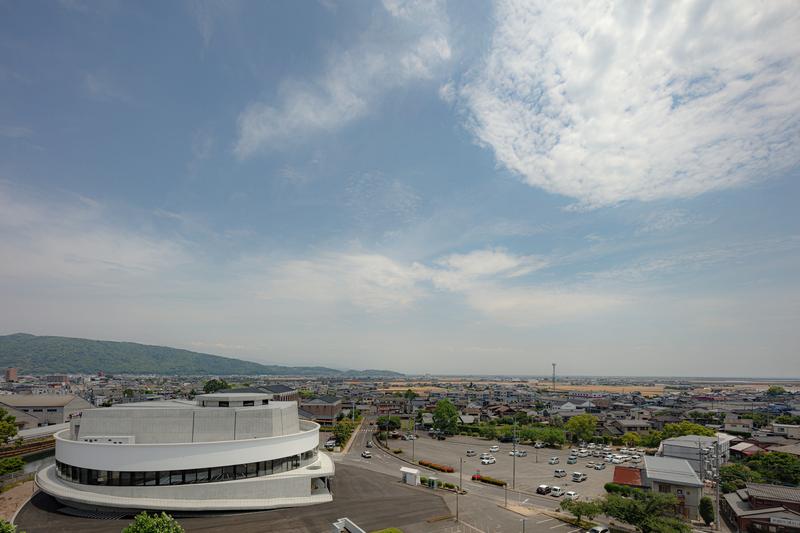
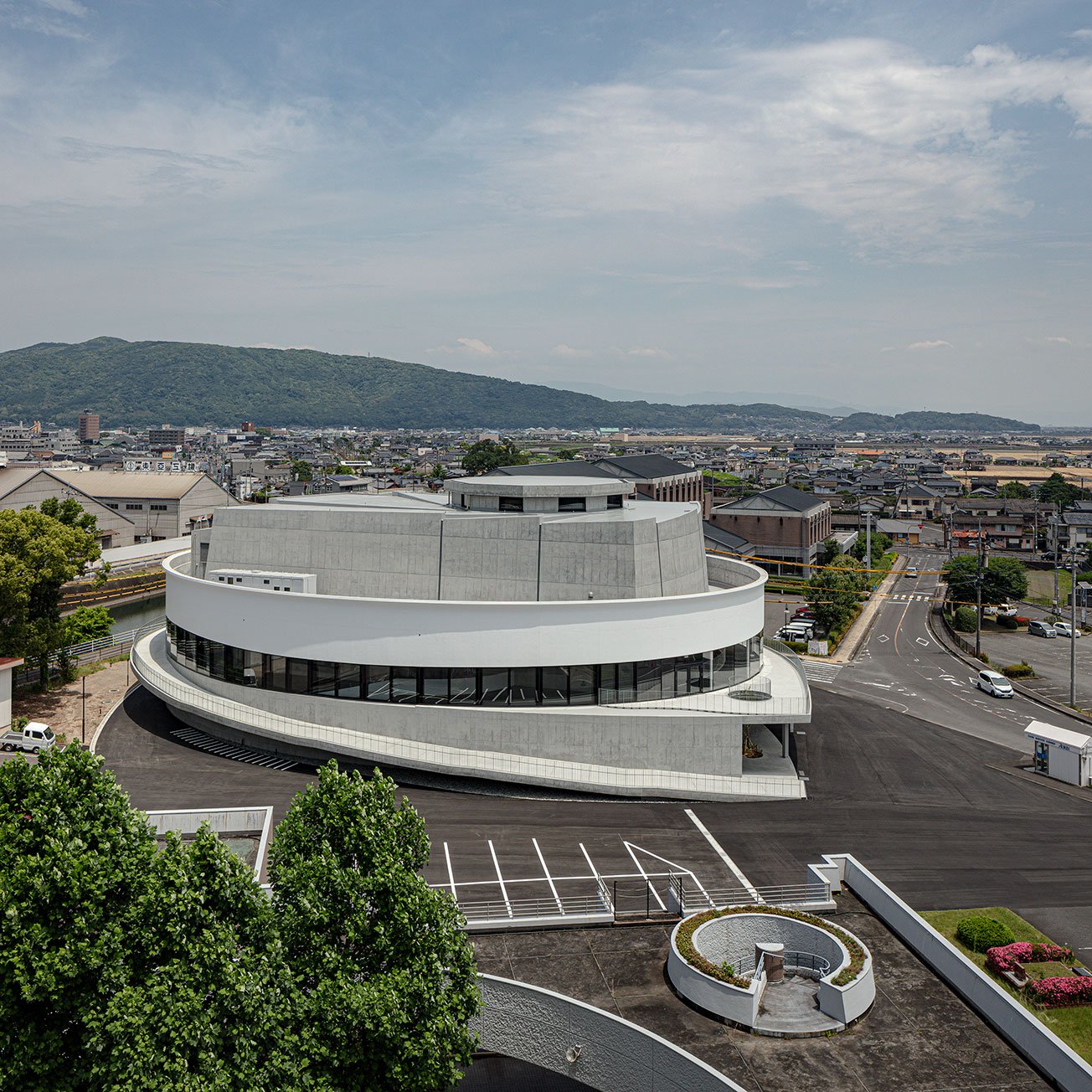
KASHIMA CIVIC CULTURE HALL
KASHIMA CIVIC CULTURE HALL
NASCA Co., Ltd.
Nihonchusha Bldg. 4F 3-15-1 Toyama, Shinjuku-ku
Tokyo JAPAN 162-0052
T 03-5272-4808 F 03-5272-4021
nasca@studio-nasca.com
NASCA Co., Ltd.
Nihonchusha Bldg. 4F 3-15-1 Toyama, Shinjuku-ku
Tokyo JAPAN 162-0052
T 03-5272-4808 F 03-5272-4021
nasca@studio-nasca.com
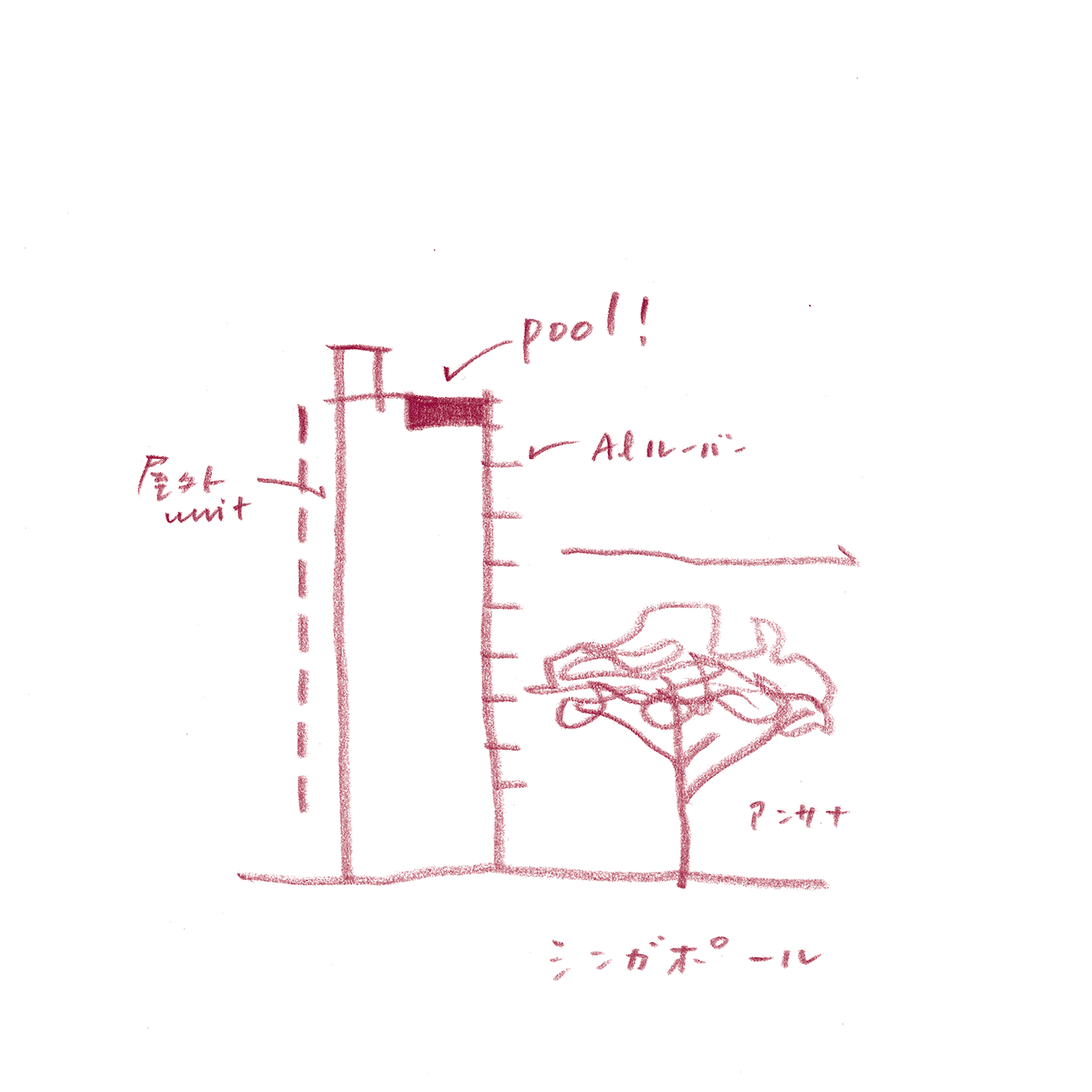
Spaces in this world are neither entirely transparent nor entirely opaque. They are in one sense or another "semitransparent" The word "semitransparent" may suggest the quality of architectural surface that was fashionable toward the end of the twentieth century, but here I use it as a general term to refer to the various intermediate conditions that exist between transparency and opacity. It can mean many different conditions, for example, a literally semitransparent state in which light is transmitted but vision obstructed, a state in which pars that are transparent are mixed with parts that are opaque, a directional condition in which vision in unobstructed one way but but obstructed the opposite way, a condition in which space is continuous but gradually becomes opaque because of depth or curvature, and a changing condition in which a thing is visible or invisible depending on the time. I began this research as an extension of a study of architectural windows I have been undertaking for some time. A window is two things at the same time. It is a hole made in the wall to let in mainly light or air, and it is also a thing that restricts the excessive introduction of things. It is a type of filter in the latter capacity and endowed with a selective permeability, letting trough some things and shutting out others. When a space is made semitransparent in order to make it more comfortable, filters of that type or combinations of such filters play an important role. There are diverse semitransparent spaces, from architecturalized spaces that are made variable by means of devices incorporated into a building beforehand to simple spaces that become semitransparent through the arrangement of furniture and pattern of dwelling established by the occupant.


KASHIMA CIVIC CULTURE HALL
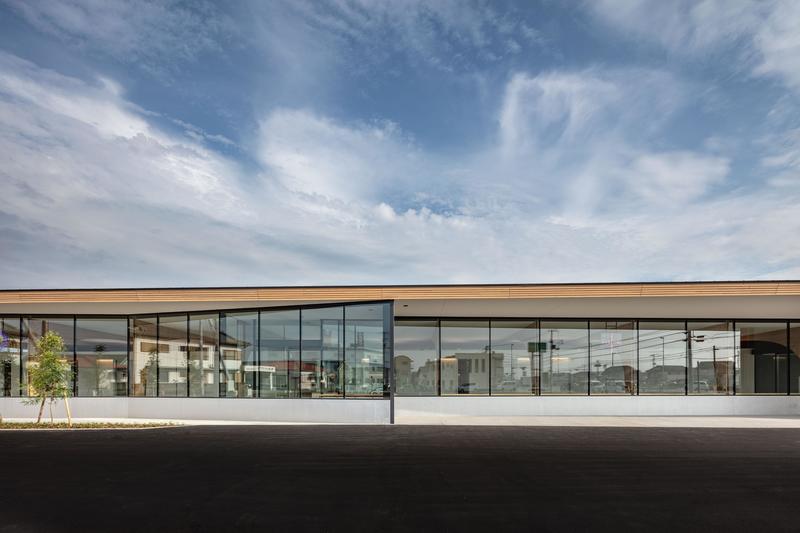
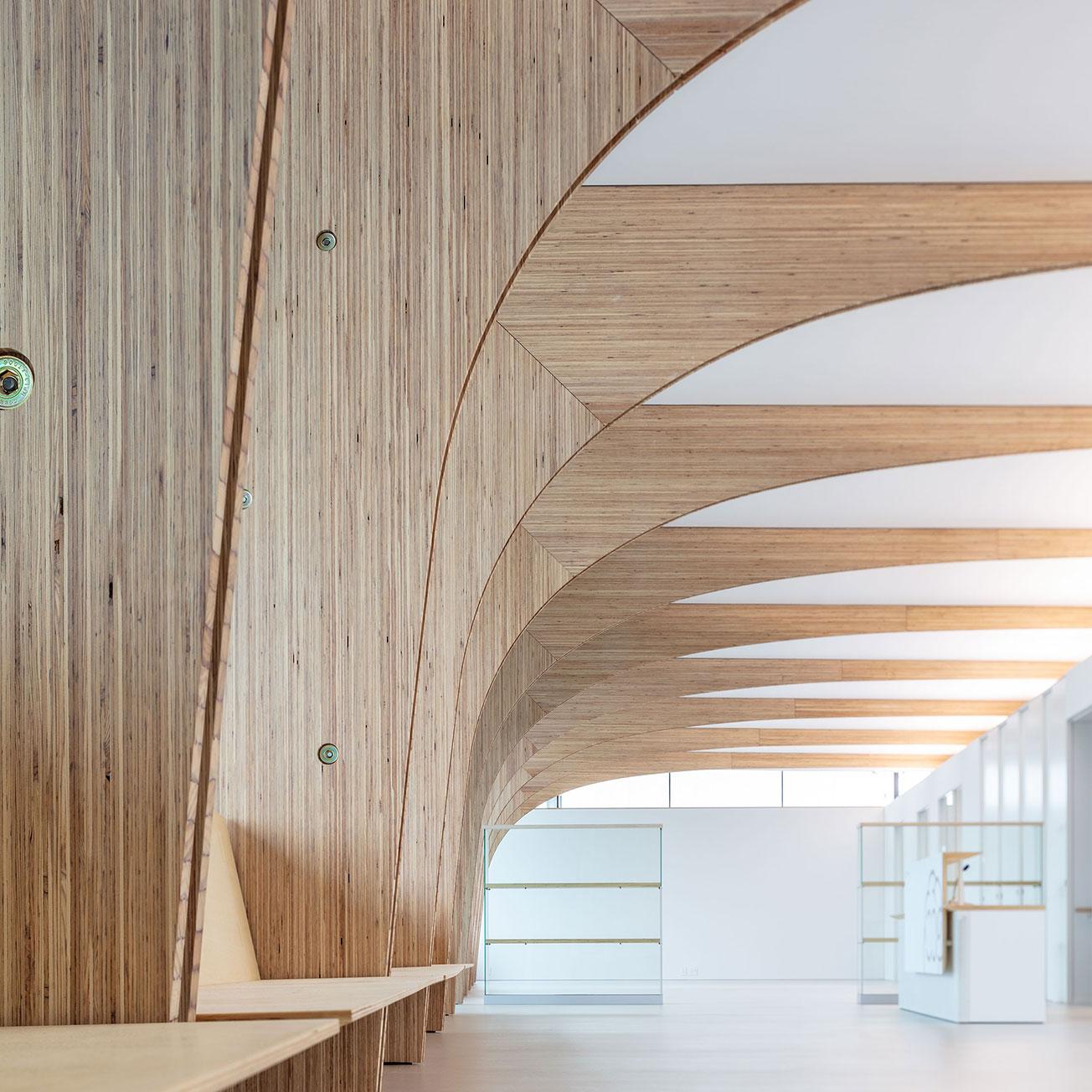
Kohno INR Clinic

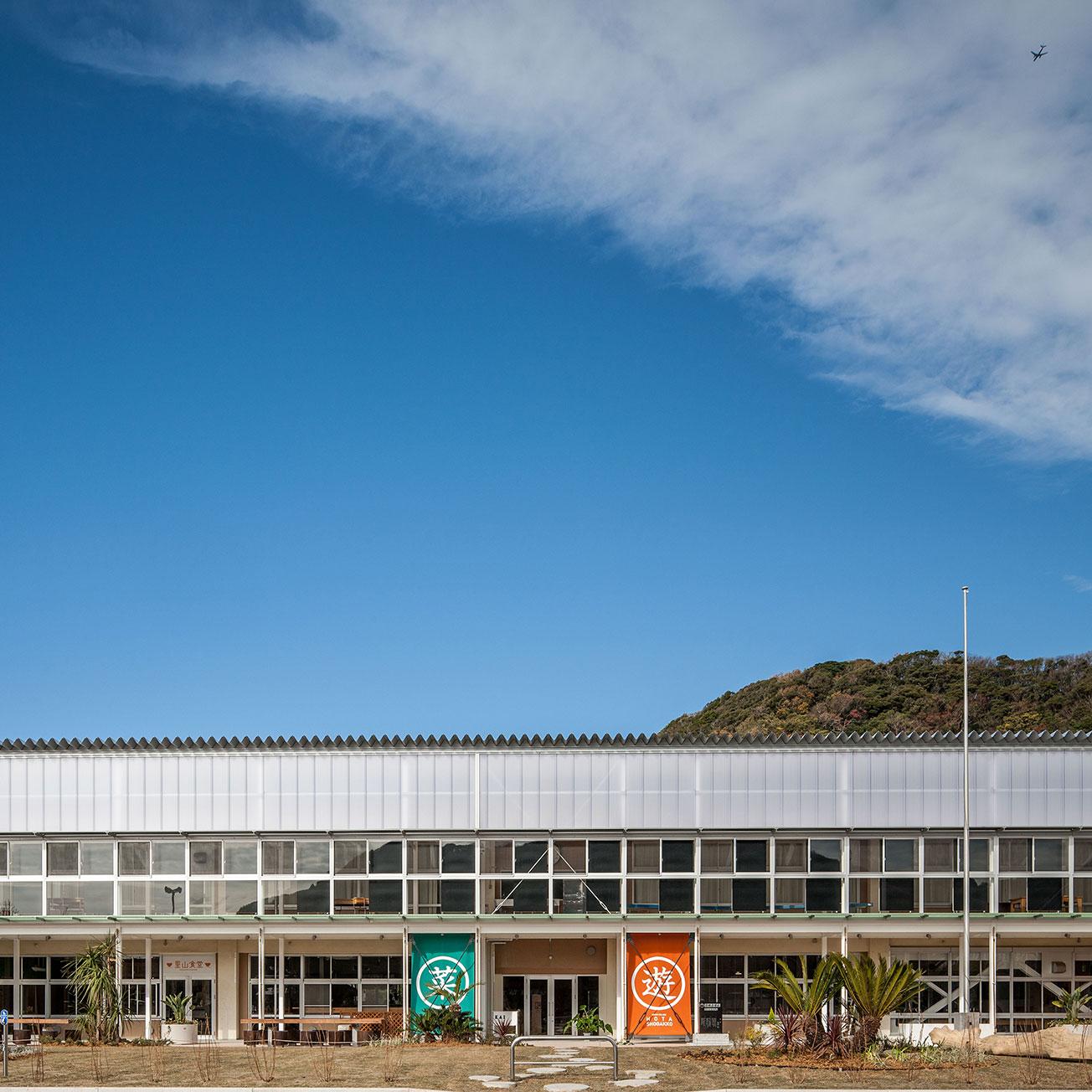
Roadside Station HOTA Elementary School
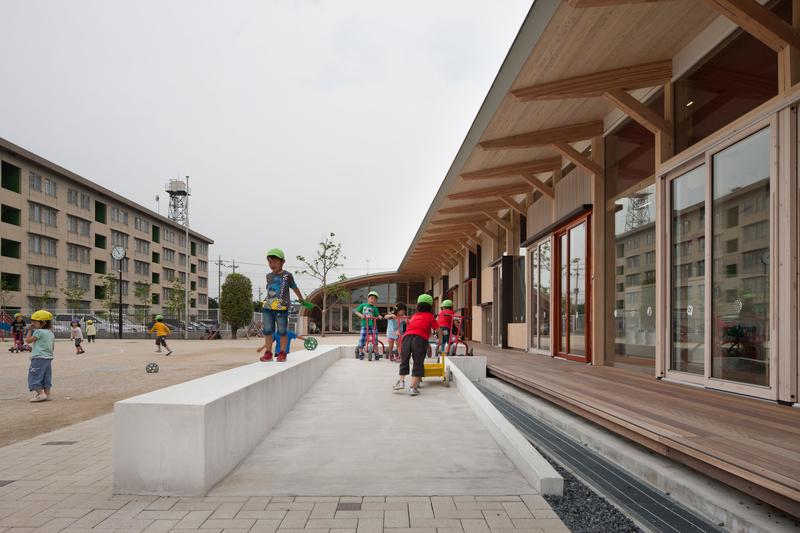
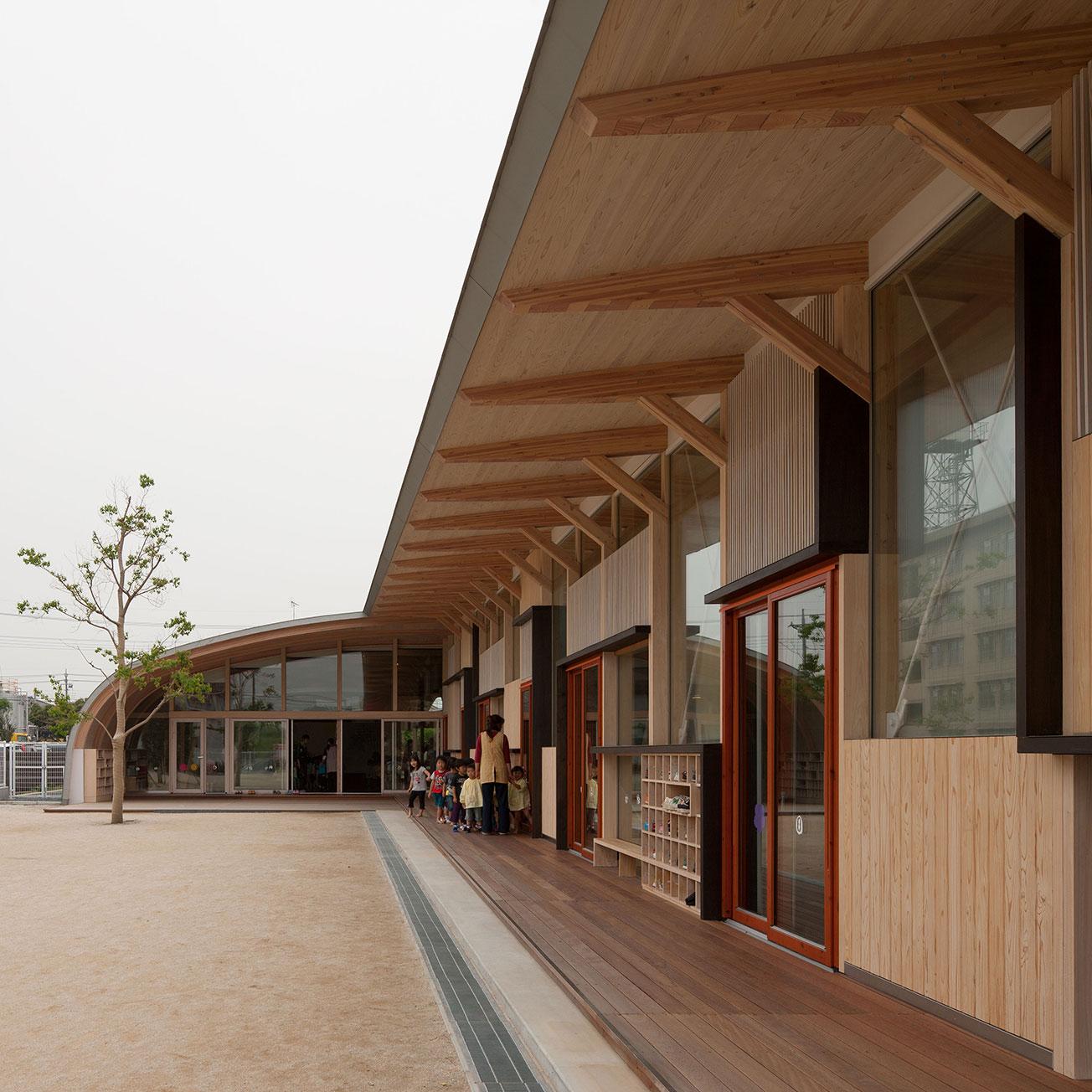
Nakagawara Nursery
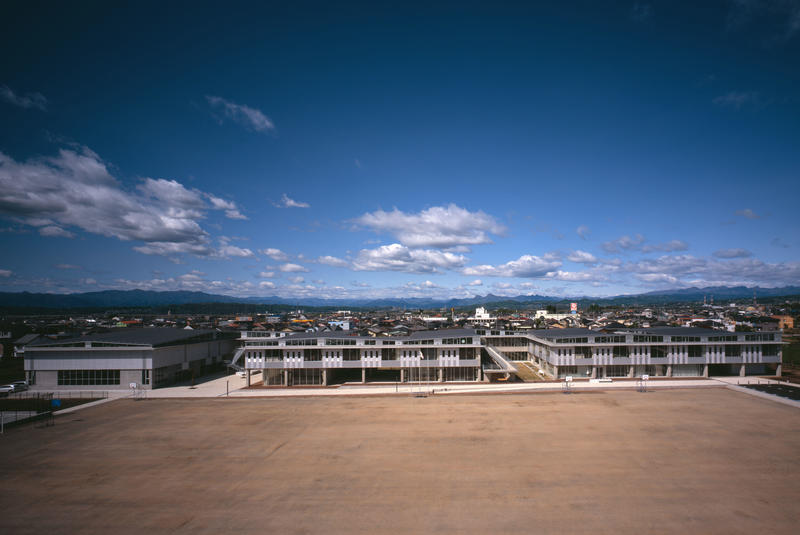
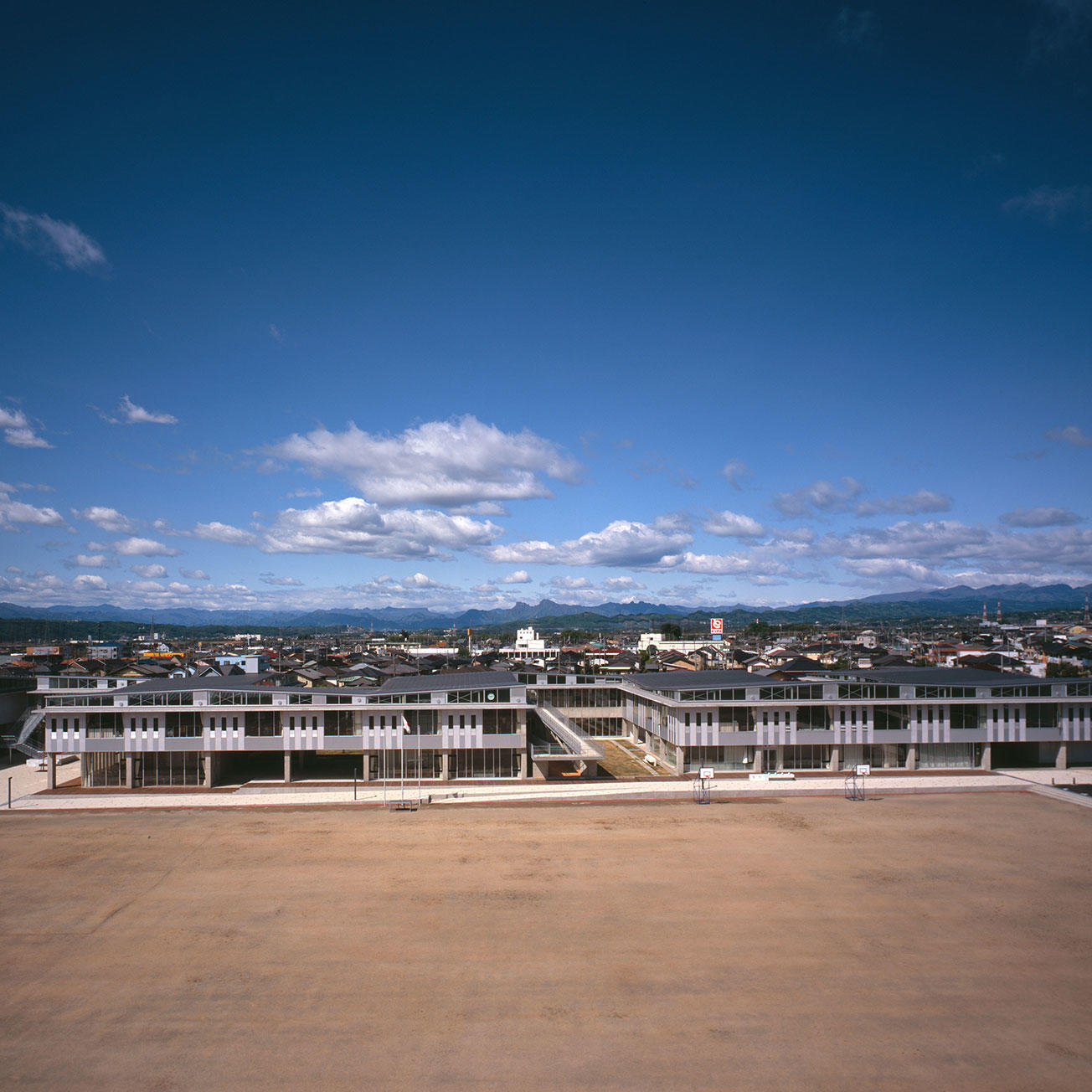
Sakurayama Elementary School, Takasaki
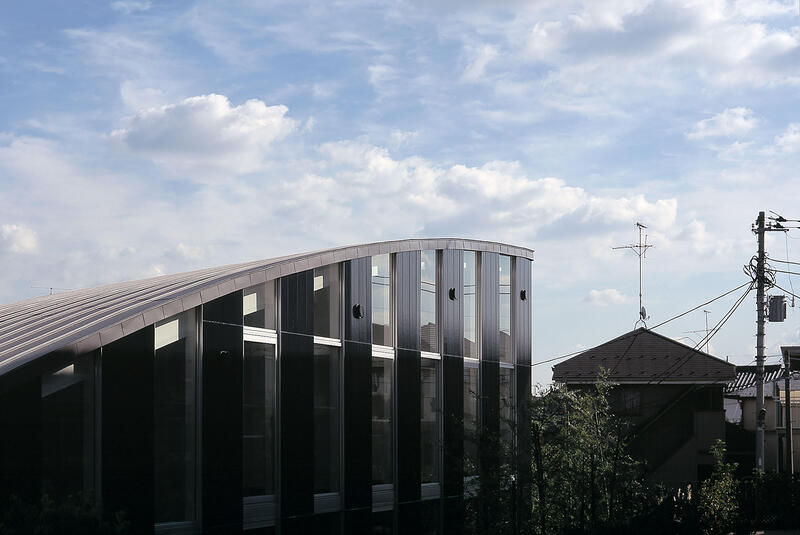
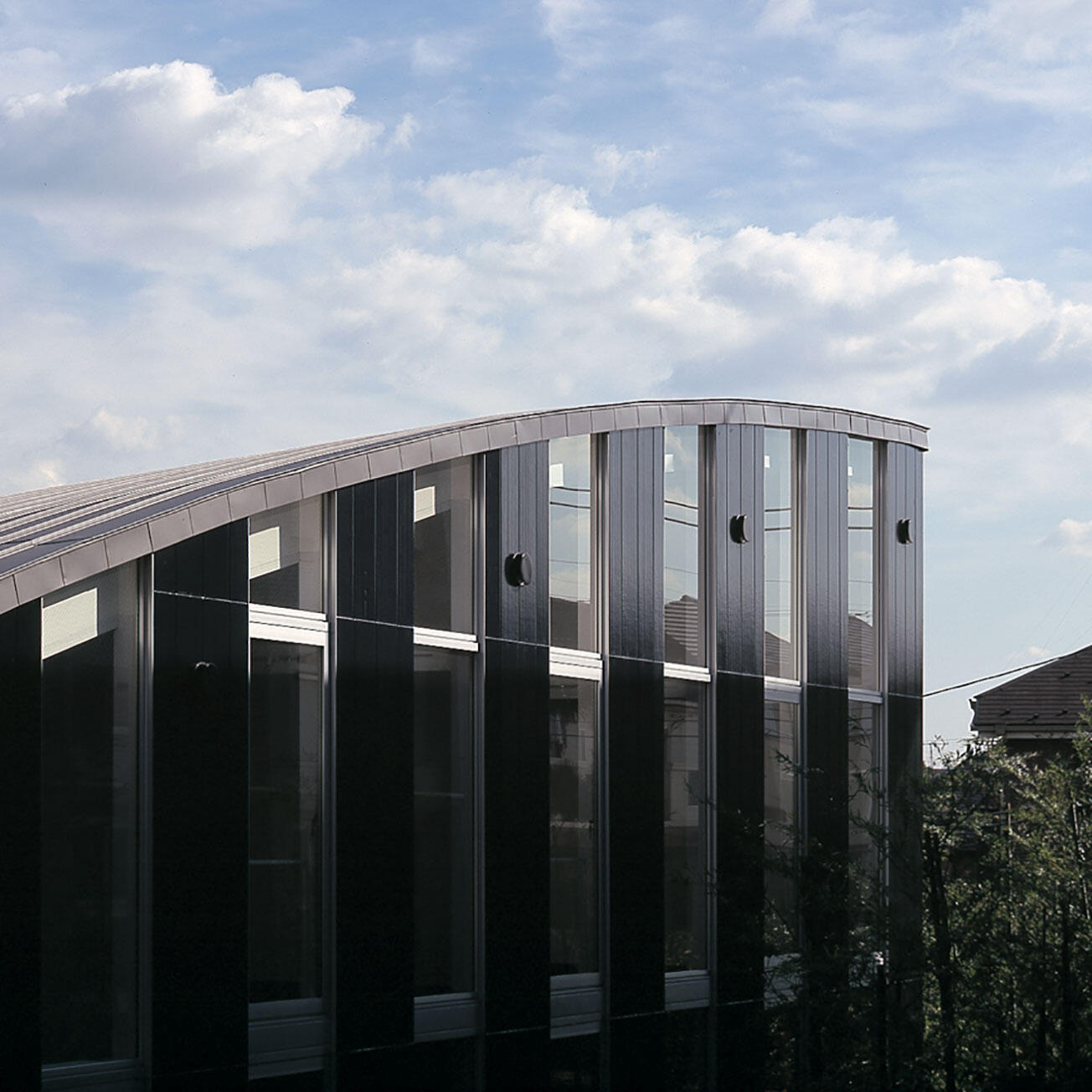
Daita Apartments
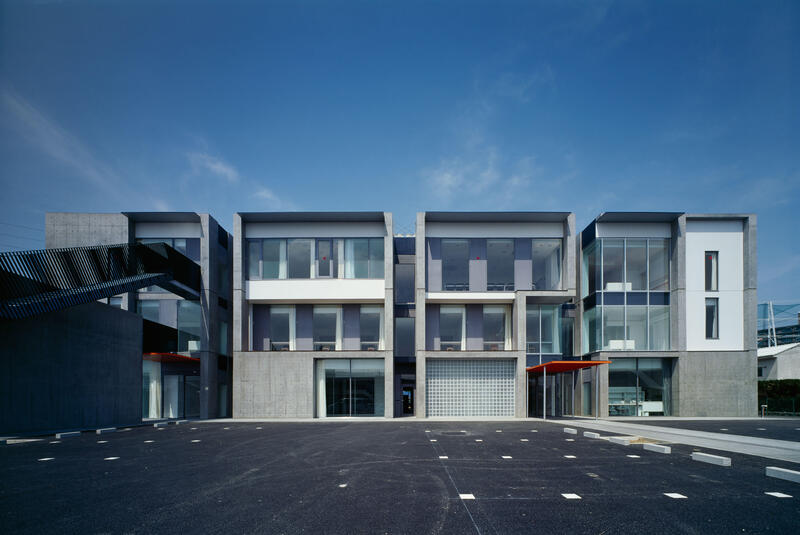
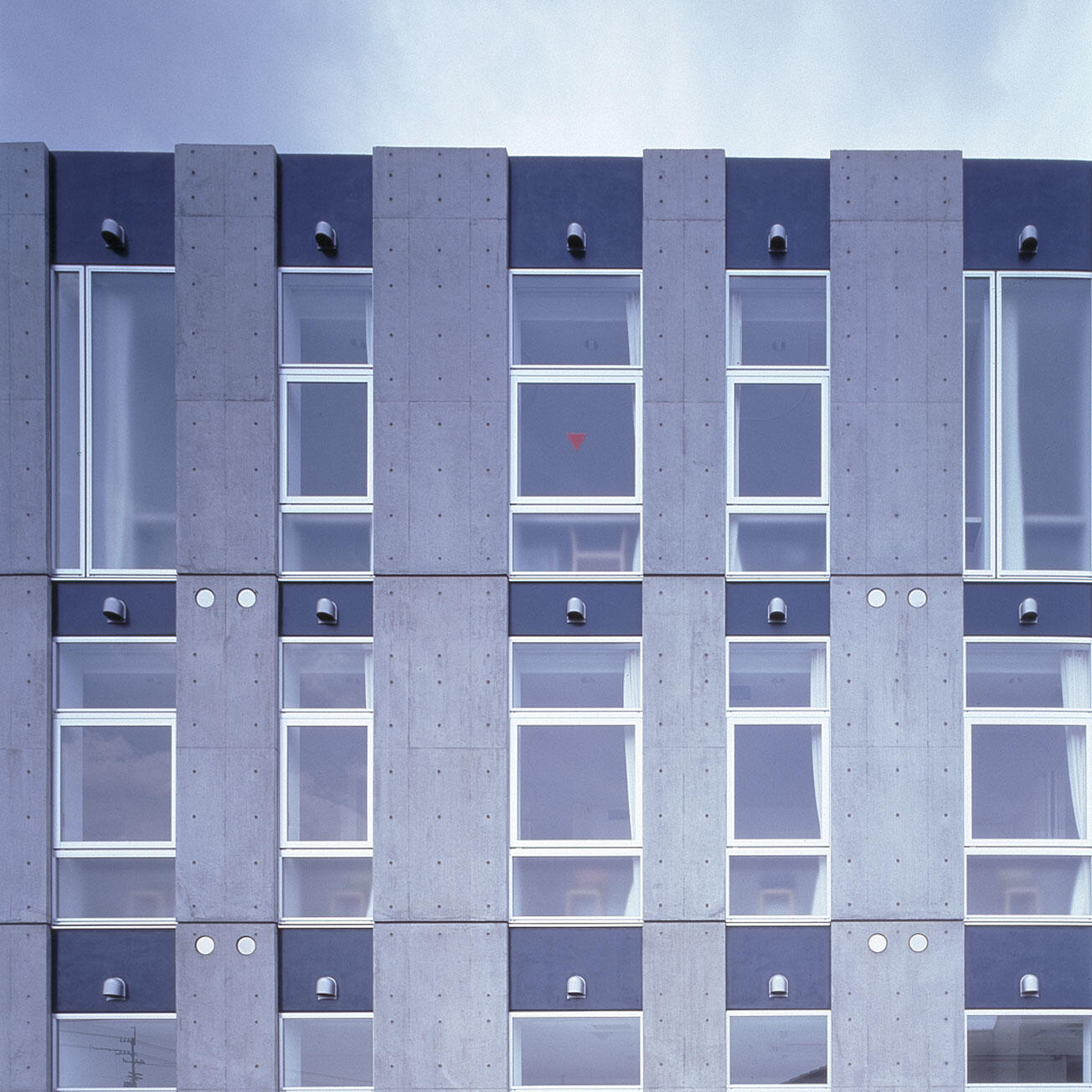
Kondo Hospital
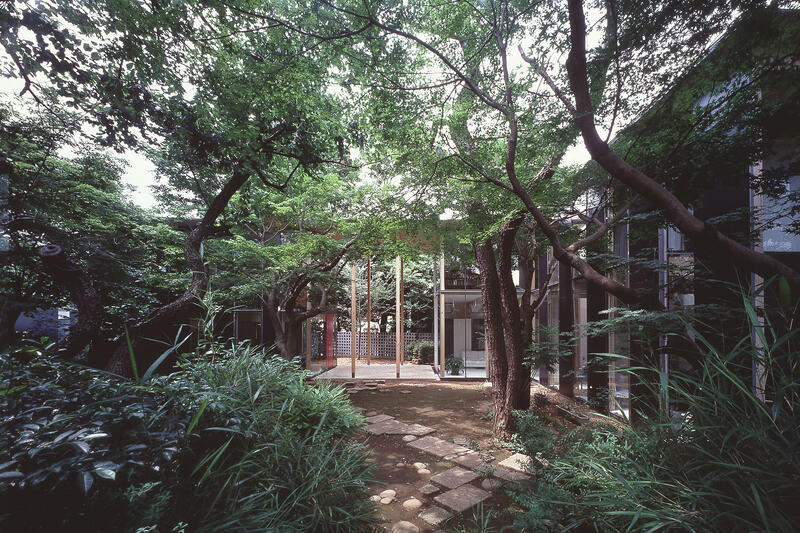
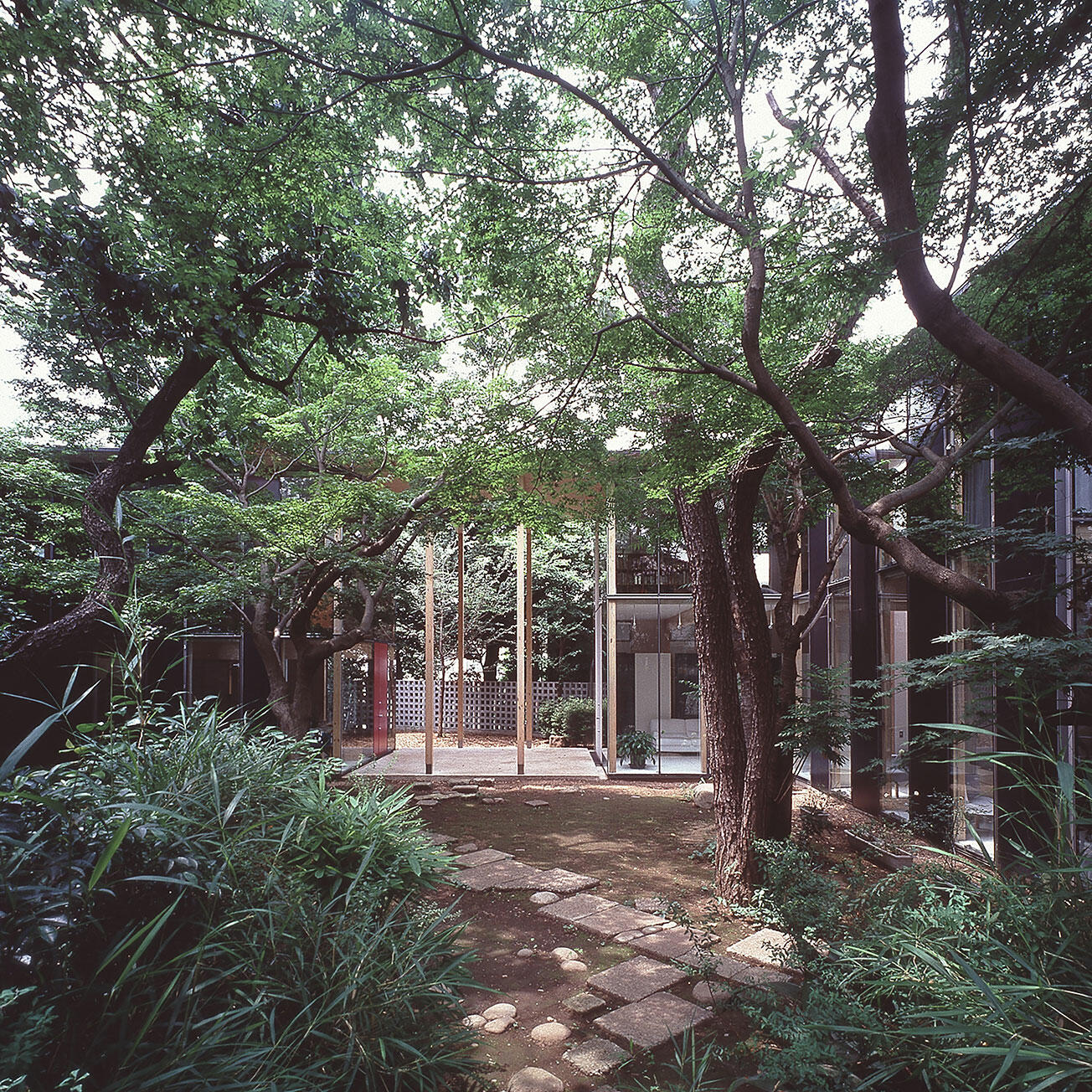
ZIG HOUSE/ZAG HOUSE